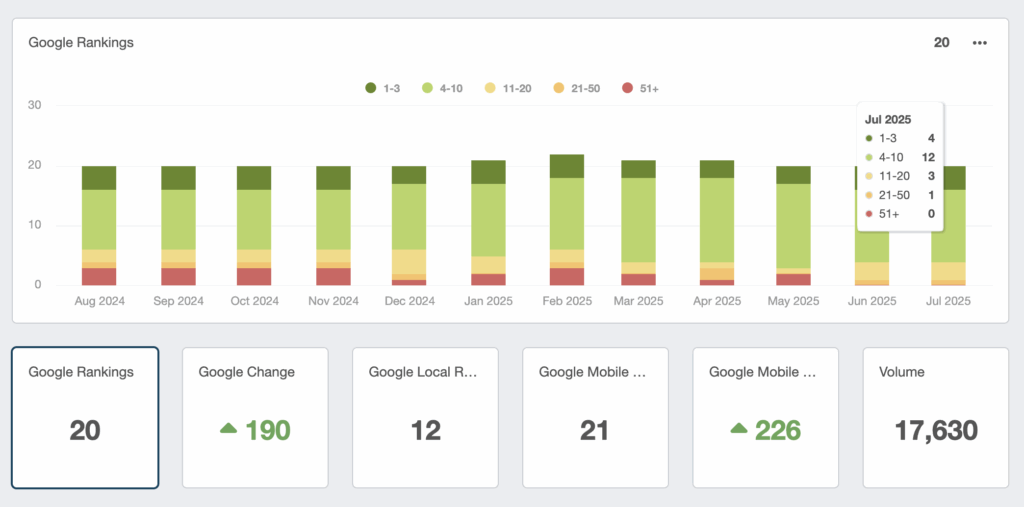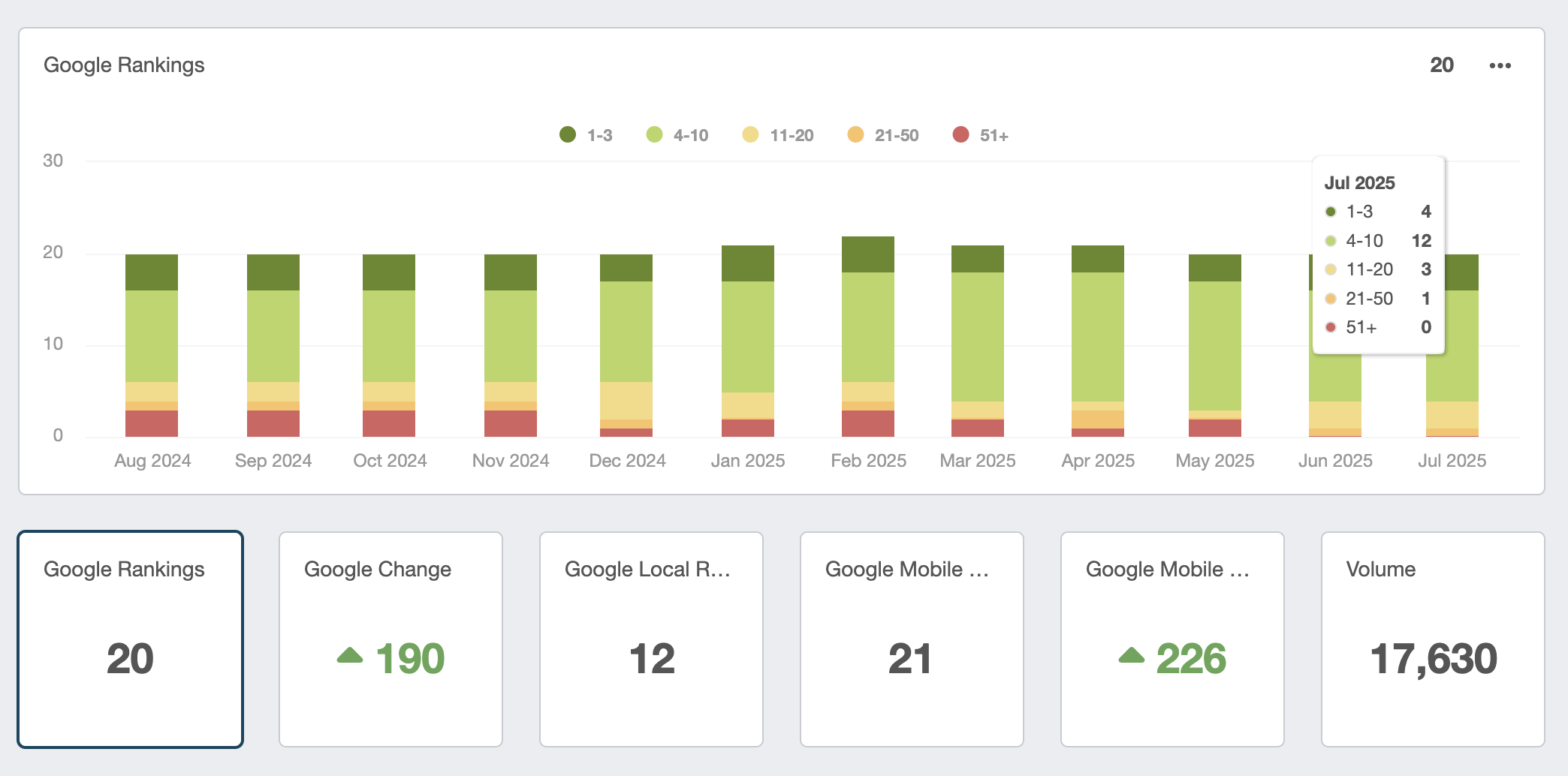THE GOOGLE ALGORITHM
If we knew exactly how Google goes about ranking your website we would not be talking to you today. Nobody outside of Google knows the exact algorithm that Google uses to rank your website. But over the years SEO companies have tested various SEO strategies to see what does and does not work. In many cases SEO companies have found ways round the Google algorithm and for a short period of time have hacked it to achieve number one ranking for their chosen industry in a short period of time. This was known in the day as Black Hat SEO. Google is always quick to plug the gap in this part of the algorithm. These days this happens less and and less. The SEO industry has grown up over the last few years and is now seen as a professional addition to marketing and digital marketing.
Here’s a list of updates to major Google algorithms:
1. **PageRank (PR)**: Google’s original algorithm, introduced in 1998, which assigns a numerical weight to web pages based on the quantity and quality of inbound links.
2. Google Panda: Initially released in February 2011 and later incorporated into Google’s core algorithm, Panda targeted low-quality content and aimed to reward high-quality, user-focused content.
– Panda 4.0 (May 2014): A major update to the Panda algorithm, focusing on identifying and penalizing sites with thin or low-quality content.
– Panda 4.1 (September 2014): Refinement of Panda aimed at detecting low-quality content more accurately.
– Panda 4.2 (July 2015): A gradual rollout of Panda, impacting a small percentage of English-language queries initially.
3. Google Penguin: Introduced in April 2012, Penguin aimed to penalize websites that violated Google’s webmaster guidelines, particularly regarding link schemes and keyword stuffing.
– Penguin 2.0 (May 2013): Targeted spammy link practices more aggressively.
– Penguin 3.0 (October 2014): A refresh of the Penguin algorithm, affecting a smaller portion of search queries.
– Penguin 4.0 (September 2016): Penguin became a part of Google’s core algorithm, with real-time updates.
4. Google Hummingbird: Launched in August 2013, Hummingbird focused on understanding the context and intent behind search queries to provide more relevant search results.
5. Google Pigeon: Released in July 2014, Pigeon improved local search results by considering traditional ranking factors along with location parameters.
6. Google Mobilegeddon: Rolled out in April 2015, Mobilegeddon prioritized mobile-friendly websites in mobile search results.
7. Google RankBrain: Announced in October 2015, RankBrain is a machine learning component of Google’s algorithm that helps interpret search queries and deliver more relevant results.
8. Google Fred: Although not officially confirmed by Google, Fred is believed to target low-quality content and aggressive advertising, primarily impacting affiliate-heavy websites.
9. Google Medic Update: Introduced in August 2018, the Medic Update focused on improving the quality and relevance of health and wellness-related search results, emphasizing expertise, authority, and trustworthiness (E-A-T).
10. BERT (Bidirectional Encoder Representations from Transformers): Unveiled in October 2019, BERT improves Google’s understanding of natural language queries by considering the context of words in a sentence.
This list covers major Google algorithms and significant updates that have shaped the search engine results page (SERP) landscape over the years.













